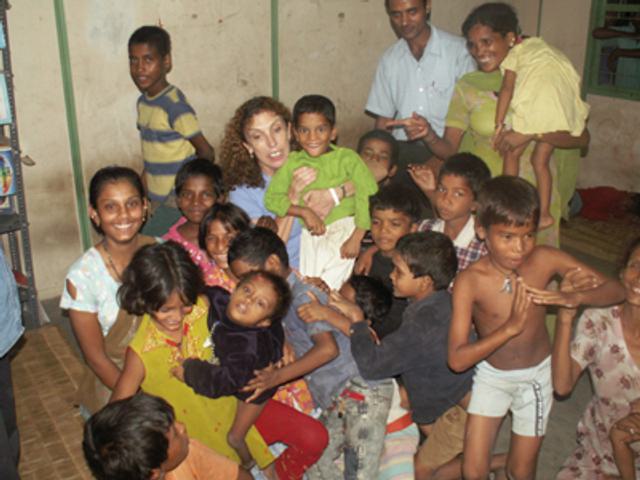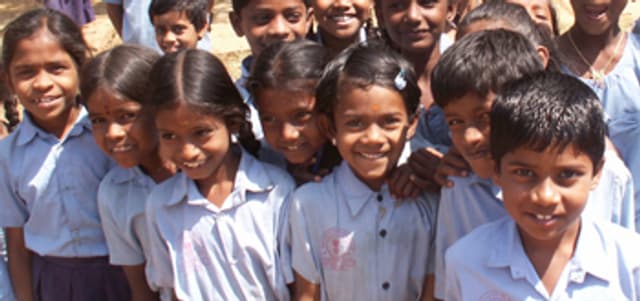UNICEF India: the ‘tele-facing’ campaign
- Exhibited by
- Finlay Craig
- Added
- September 11, 2009
- Medium of Communication
- Face to face, telephone.
- Target Audience
- Individuals, regular gift, single gift, corporations.
- Type of Charity
- Children, youth and family; International relief/development
- Country of Origin
- India
- Date of first appearance
- July 2006
SOFII’s view
As with the SMS exhibit from Greenpeace India, this is an example of how telephone fundraising and face-to-face fundraising are evolving and being adapted in India to take account of the country’s large population and distinctive business culture – with quite impressive results.
Creator / originator
The information has been provided by Mr Anup Tiwari, Fund Raising Officer, UNICEF India.
Summary / objectives
Tele-facing is the name given in India to a hybrid of telemarketing and face-to-face communication. It is a modified extension of the major donor process to encompass cold solicitation. A telephone caller makes a brief pitch to the prospect with the objective of arranging a meeting for a field executive to make a presentation to a prospect at his or her home or office.
Background
Tele-facing evolved in India from the commercial sector where it is commonly used in the sale of financial products. It started as a cheque collection service and developed to use well-educated and articulate field executives.
Although with practice it could be run in house, more normally a specialised supplier agency provides the tele-facing team, which in a typical ‘target’ city of 5 million people would consist of a coordinator and ten call centre staff, each making up to 100 calls a day, and field executives.
The process is as follows: tele-callers call prospects or existing donors and fix meetings. The coordinator communicates with the team leader/field executive. The field executive then visits to seek a pledge or a one-off donation. The donation reaches UNICEF through the team leader and the charity sends its pre-prepared ‘thank you’ pack.
Special characteristics
UNICEF only started to fundraise from the Indian public and corporations in 2005. So far, it seems that the yields on investment from this form of pre-qualifying donors exceeds most other forms of direct marketing.
Influence / impact
This appears to be a very good way of giving prospects some detailed information about what UNICEF is doing in India.
Results
One to two per cent of business people who were not current supporters of UNICEF agreed to a meeting. In those meetings, 85-90 per cent agreed to a gift.
In India, the average donation can be as high as US$50. The ROI is above 2:1. Donors recruited in this way are very suitable for conversion to regular monthly giving.
Merits
Despite initial reservations this approach has proved to be successful. Anup Tiwari should be congratulated for testing and promoting it.
SOFII's I Wish I'd Thought Of That 2012 - No. 10 Charlie Hulme presents UNICEF India



Also in Categories
-
- Telephone fundraising
- Face-to-face






















